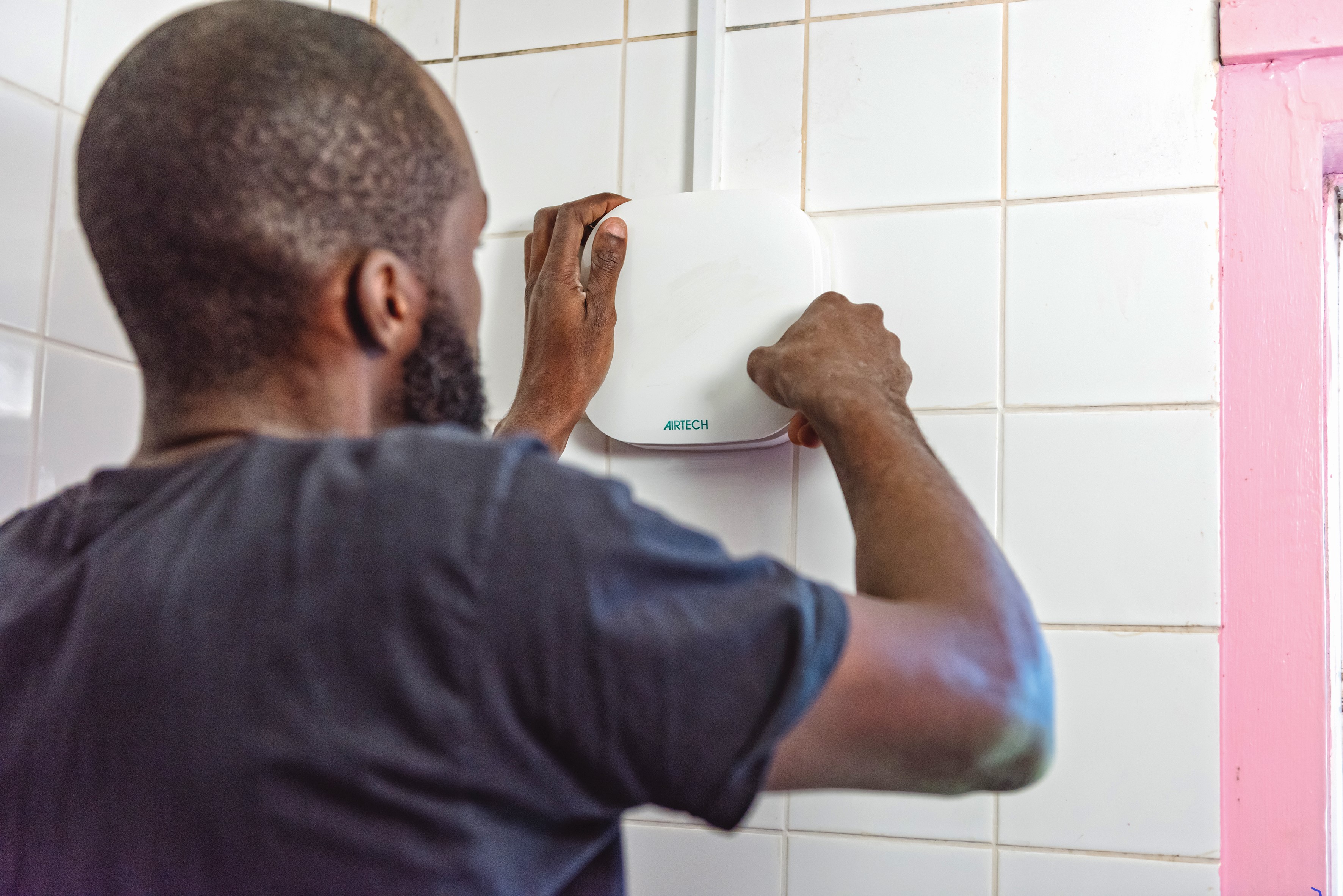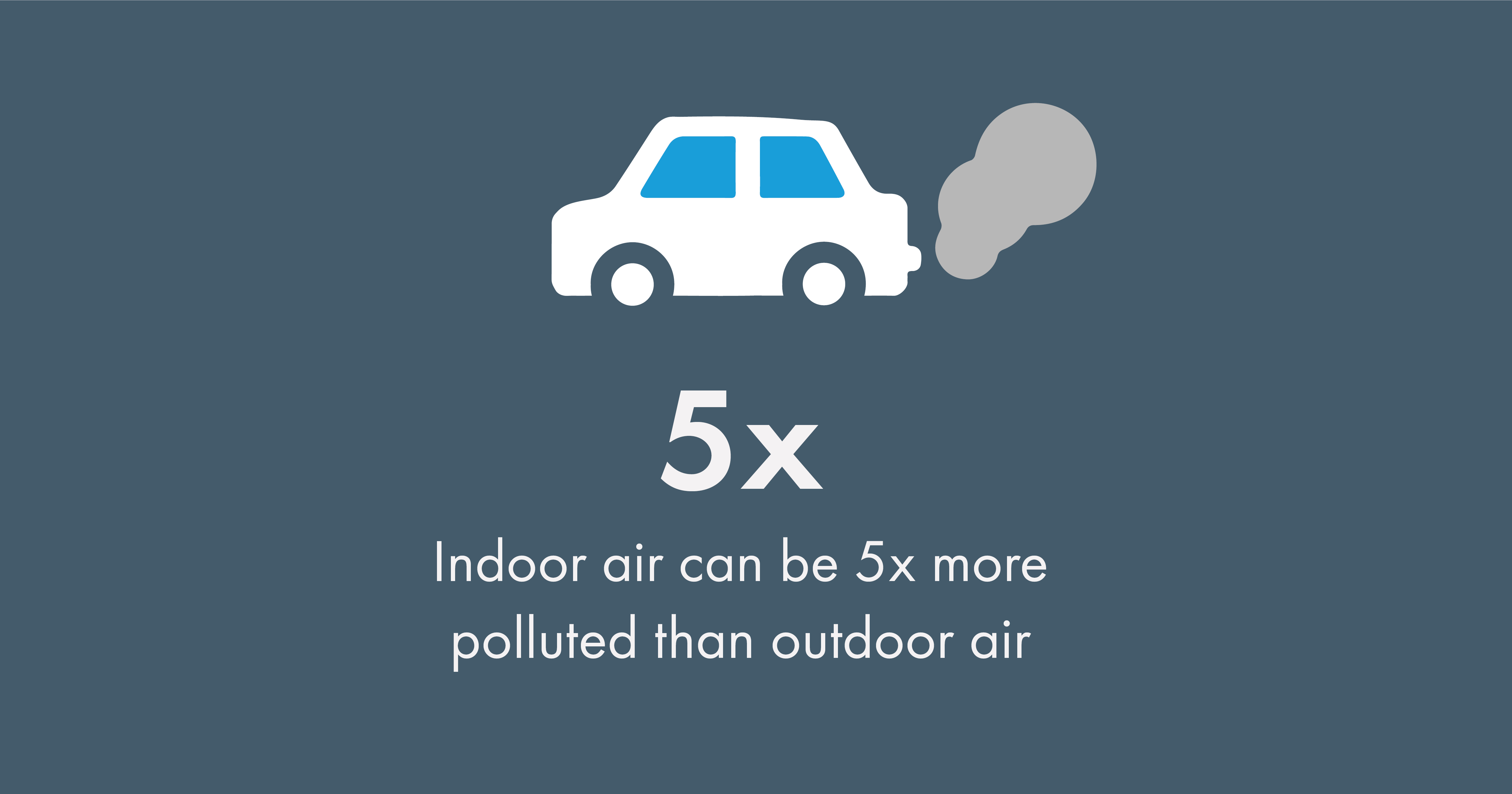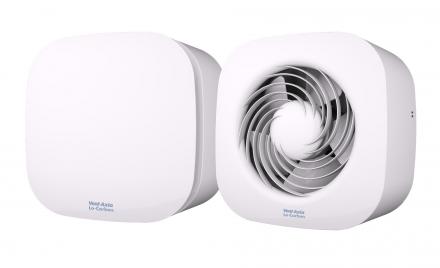Mitsubishi Electric offers the perfect fresh air solution for UK homes
A new residential range of Lossnay Mechanical Ventilation with Heat Recovery (MVHR) systems will allow housing providers to provide clean and healthy air for the homes of their tenants.
The latest additions to Mitsubishi Electric’s renowned Lossnay range is designed specifically for the UK housing market and makes energy efficient, super-quiet ventilation accessible to even more homes.
The residential Lossnay VL-CZPVU-R/L-E is designed to extract stale air continuously and efficiently from spaces like bathrooms, kitchens, toilets, and utility rooms where air can become polluted with high humidity, fumes and chemicals.



















